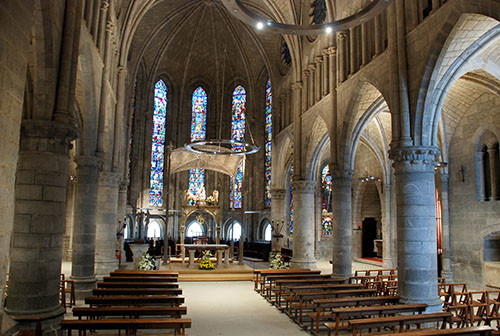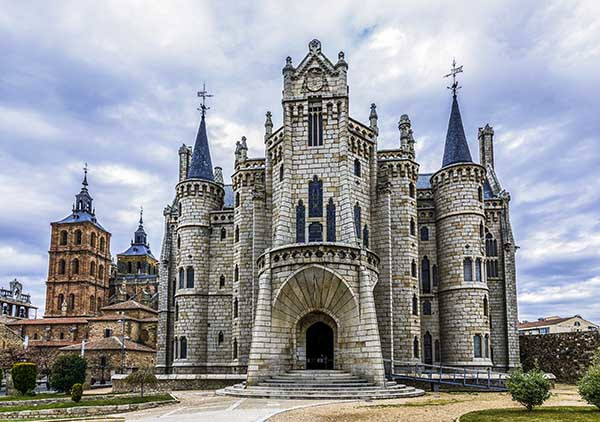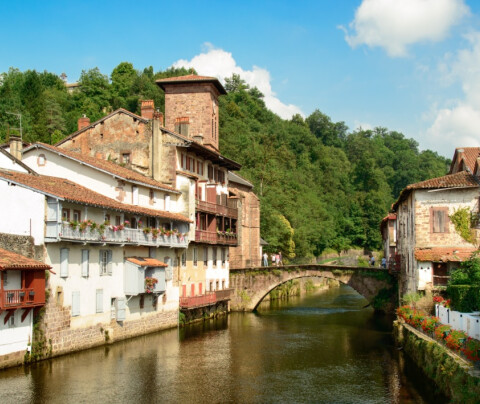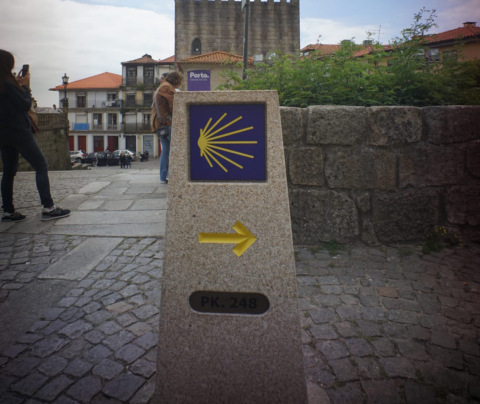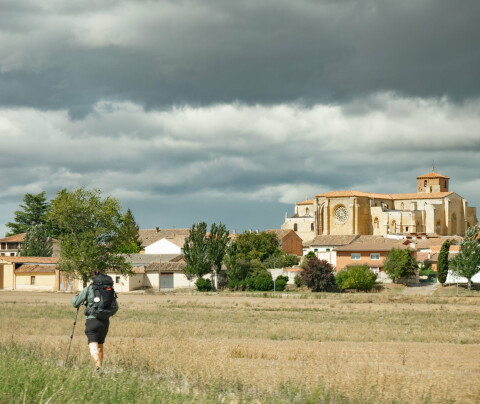Places of the Camino
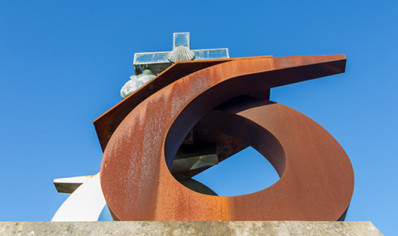
It is obvious that today the Camino de Santiago is much more than just a religious pilgrimage: it is also a social space where many pilgrims meet each other every day, a tourist space where many people visit beautiful places throughout our country; it is also a cultural space where you can encounter some of the great manmade creations along the Caminos slicing through this territory.
Today we want to show you this latter version of the Camino and share some of the most incredible monuments on the Camino de Santiago. But since there are so many Caminos and so many things to see on each one, it would be impossible to recap all of the monuments on the Camino de Santiago in only one article. So, today, we're only going to cover the Camino Francés, promising to cover monuments on other Caminos as soon as we can. How does that sound? Let’s get started!
Puente la Reina Romanesque bridge
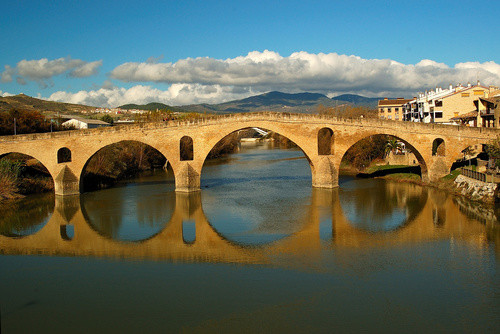
Built in the eleventh century to facilitate pilgrims' crossing of the river Arga making their way through the Camino de Santiago, the Romanesque bridge of Puente la Reina (the Navarrese town that owes its name to the Queen Doña Mayor, the wife of the king of Navarra, Sancho Garcés III) is still considered today one of the most beautiful monuments on the Camino de Santiago, making this an obligatory stop for all pilgrims on the Camino Francés.
Real Colegiata of Roncesvalles
Although the site dates back to the beginning of the 12th century, the church was built at the beginning of the 13th century by order of the Navarrese monarch Sancho VII (Sancho the Strong), choosing this site as a burial place. Originally, the church was built in French Gothic style, although later construction in the seventh century covered the Gothic interior with the style current to that time period: Baroque.
Castle of Ponferrada
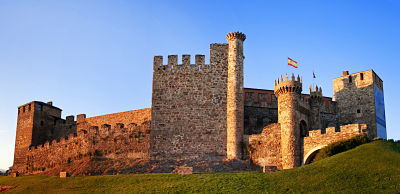
Originally a pre-Roman fort, it was in the middle of the 12th century when the Order of the Templars decided to create the fortress that we know today (although the reality is that today we are looking at many changes that it has undergone over the last six centuries), in order to establish a strong settlement in Ponferrada that would receive and shelter pilgrims making their way on the Camino de Santiago.
Cathedral of León
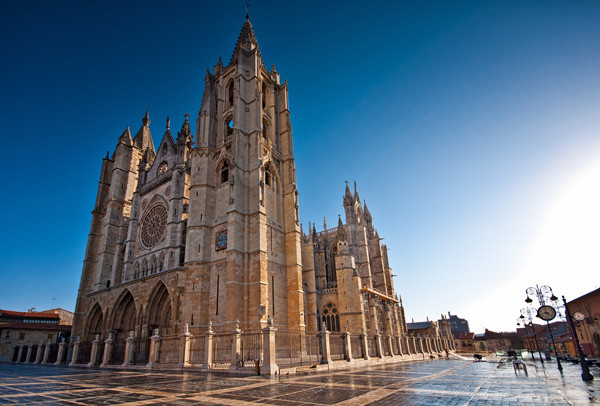
If you ask any pilgrim about the most beautiful monuments on the Camino de Santiago, nearly all would mention the Cathedral of León. It is so popular that it is the first monument declared by a Royal Order in Spain.
Clearly gothic, the Cathedral of León began construction at the beginning of the seventh century, taking almost a century to finish. Inside, the collection of coloured stained glass that can be seen on the walls is, without a doubt, one of the largest and most breath-taking medieval stained glass collections in the entire world.
Cathedral of Jaca
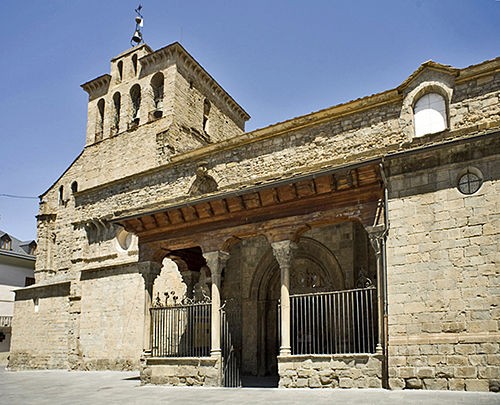
Built to consolidate the first capital of the primitive kingdom of Aragón, the Cathedral of Jaca still presents its basic structure and Romanesque architecture, typical of its construction period in the 11th century. The current temple is the result of successive changes and reconstructions throughout its almost ten centuries of history. Its history goes back nearly to the very founding of the city, and had a great impact on its growth as an important centre of commerce on the Camino de Santiago.
Monastery of Santa María la Real de Nájera
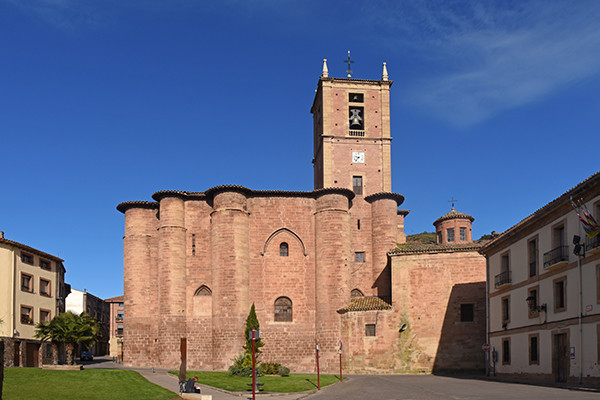
Construction was ordered in 1052 by King Don García Sánchez III and his wife and its foundation involves a good dose of legend. According to this legend, the monarch was hunting and after chasing his prey to a cave, he encountered a figure of the Virgin next to a bell, a lamp and a vase of lilies. Some time later, the king constructed the Monastery of Santa María la Real as an offering for helping him to recover the population of Calahorra.
The current church dates back to the beginning of the sixteenth century and the cave where, according to legend the Virgin appeared, is located at the foot of the main nave.
More info about this stage here
Monastery of San Juan de la Peña
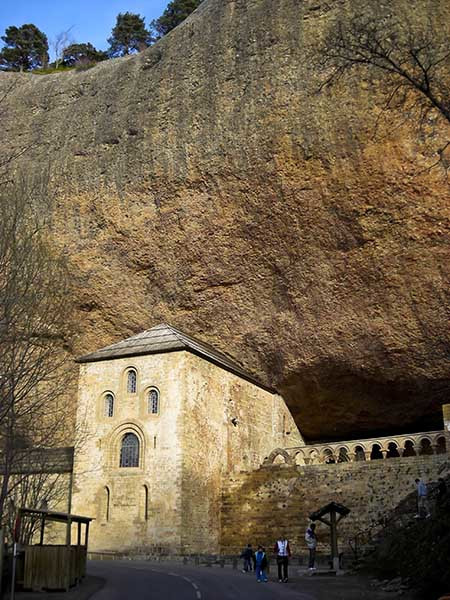
Considered the most important monastery of medieval Aragón, it emphasises the artistic forms characteristic of the Romanesque movement, which took place between the eleventh and thirteenth centuries. According to legend, the Monastery has its origins in the story of a young noble who saved his life miraculously and discovered a hermitage dedicated to San Juan Bautista in a small cave, along with the corpse of a hermit named Juan de Atarés. Following this, and impressed by such a discovery, he sold all of his possessions and went to live as a hermit in the same exact place.
Catedral de Burgos
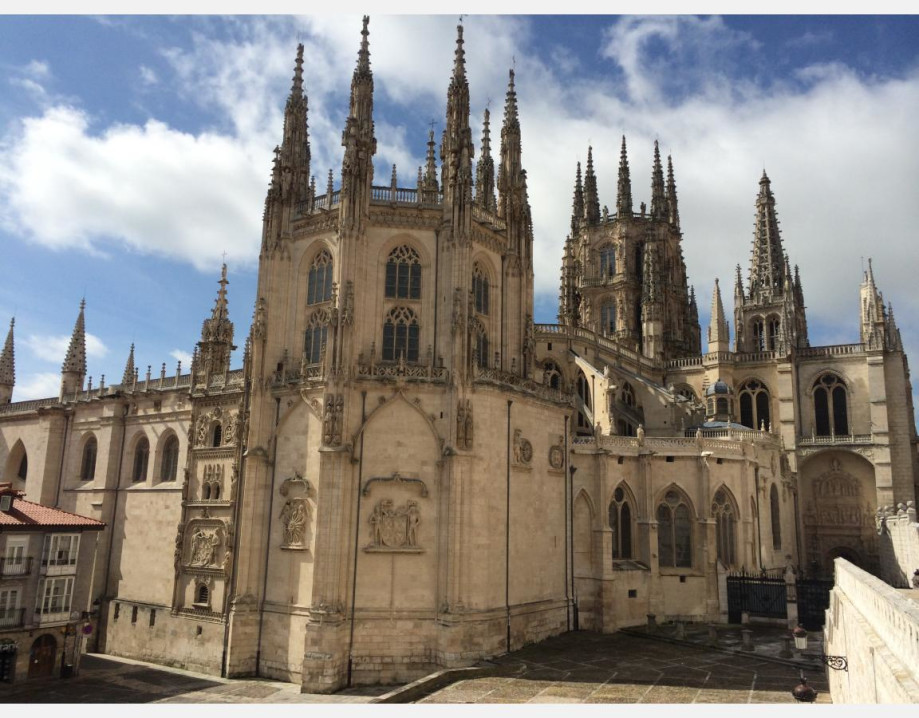
Like many other temples built in the thirteenth century, the Cathedral of Burgos was constructed under the strictest of French Gothic patterns, the dominant artistic trend of that period. Beyond that, the reality is that a great deal of remodelling was done during the subsequent centuries, which gave way to one of the most striking monuments on the Camino de Santiago. It is an obligatory stop for those wishing to take a picture with the monument to the pilgrim in the Plaza del Rey San Fernando, right next to the Cathedral of Burgos.
Iglesia de San Martín de Frómista
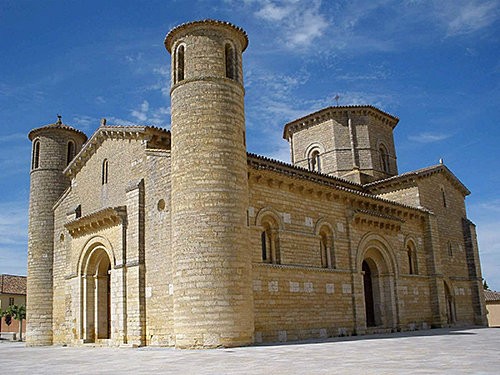
Located in Palencia and constructed in the sixth century by order of Doña Mayor of Castile, the Church of San Martín de Fromista exhibits the characteristic exterior appearance of Romanesque style buildings, with three interior naves with a barrel vault and two cylindrical towers on both sides of the main facade. If you've passed by the Cathedral of Jaca before, you'll certainly notice the enormous similarities they share.
Palacio Episcopal de Astorga
Built between 1889 and 1915, this neogothic building is, next to the Casa Botines (León) and "El Capricho" (Comillas, Cantabria), one of the only three buildings by Antoni Gaudí outside of Catalonia. During this period of his career, the genius architect was influenced by the medieval Gothic, but decided to reformulate it in his own style, solving certain structural deficiencies suffered by the original style. Thus, he created a work so magnificent that it is unquestionably at the top of the list of the most beautiful monuments on the Camino de Santiago.
So far, we've discussed ten of the most beautiful monuments on the Camino Francés in this article. There are clearly many more and it is unfair, but necessary, to leave them off of this list. However, it is the perfect excuse to see them for yourself when you travel the Camino.
If you’ve enjoyed this article, please share it!
Your email address will not be published.
Mandatory fields are marked with *




